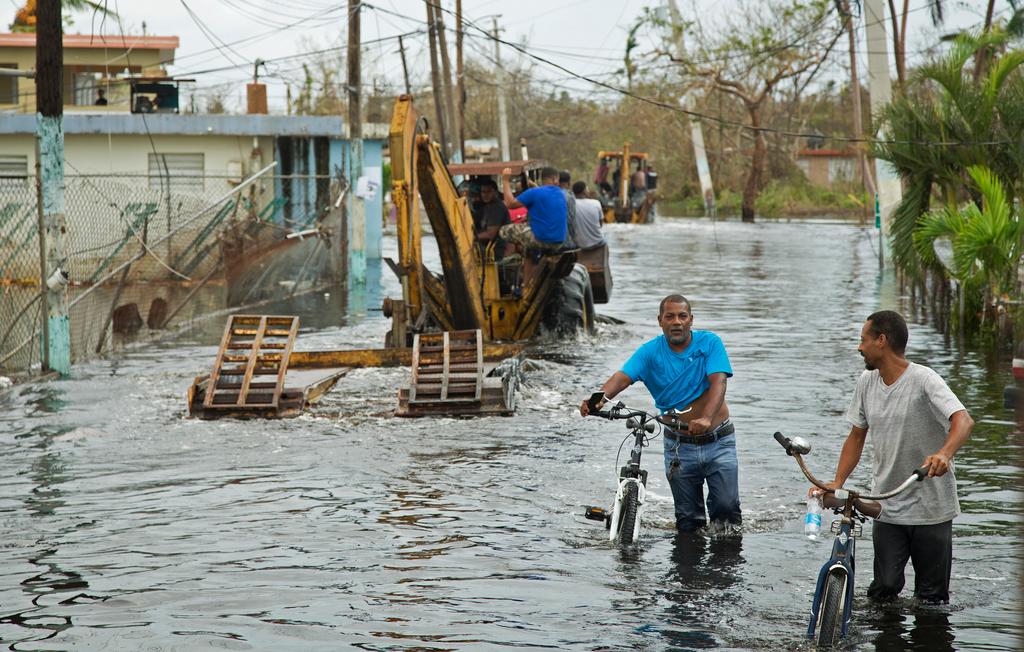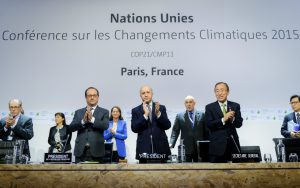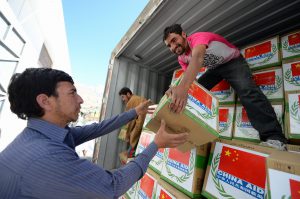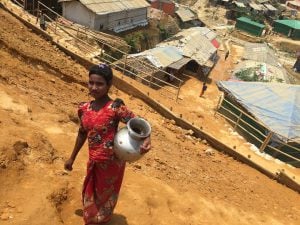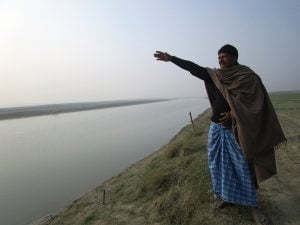The world’s poorest countries are paying more to borrow money because of their vulnerability to climate change, a new study from the United Nations Environment Programme has found.
The findings expose a perverse situation whereby countries most in need of financing to protect against the worst impacts of climate change are paying the highest borrowing costs. This undermines the goals of the Paris Agreement through which 195 countries have promised assistance to developing countries with the support of financial markets.
The V20 (or The Vulnerable Twenty) forum created in 2015 ahead of the Paris talks ranked countries in order of climate vulnerability to show where financing was most needed. However, the latest research shows that those same countries have higher borrowing costs.
While central banks have been moving to unlock the huge sums of green finance needed to meet the Paris targets, faster action is needed.
Shortfalls in financing needed by developing countries to meet their sustainable development goals add up to US$2.5 trillion annually, according to the United Nations Conference on Trade and Development. Most estimates suggest US$6 trillion a year is needed for “green” infrastructure investment.
The United Nations study, which was conducted in partnership with Imperial College London and the School of Oriental and African Studies (SOAS), is the first to examine the relationship between climate risk and borrowing costs around the world.
It analysed bond yields and other financial data on 48 countries, including case studies from Bangladesh, Barbados, Guatemala, Kenya and Vietnam. The grouping of climate vulnerable countries arose from the Climate Vulnerable Forum’s Costa Rica Action Plan in 2015.
The study found that climate vulnerable countries have paid an extra US$62 billion for capital, and that this burden is expected to double over the next ten years .
This is having a negative impact on present-day economic challenges faced by poorer countries. It is damaging their capacity to build climate resilient economies, and exposing them to a vicious and intractable cycle of climate loss and debt.
“These countries are punished twice. They are climate vulnerable so they already have to pay direct costs in their economy. They also have additional fiscal burdens on the cost of capital, which makes investment in adaptation more expensive. This is the problem," said Ulrich Volz, head of the Department of Economics at SOAS.
“Every dollar you pay in costs to climate change is a dollar that takes away from healthcare, schools or infrastructure,” said Bob Buhr, research fellow at Imperial College.
The study took economic growth estimates by the IMF and calculated that climate vulnerability increased the cost of debt by 1.17%, and that “social readiness” (defined as investment in welfare, education and political stability) lowers the cost of debt by 0.57%.
The report concluded that credit rating agencies must better factor climate risks into their sovereign ratings, while countries should invest more in social readiness. It urged greater cooperation among financial markets, states and civil society to drive investment to projects that build climate resilience and adaptation.
The real problem is that markets remain short-term in their investment strategy.
“Markets that are hyper-liquid are profoundly short-term and have no security at all. There is work to do on the architecture of financial markets. Scenario-based disclosure is a place to start,” said Simon Zadek, co-director of the UN Environment’s Inquiry into the Design of a Sustainable Financial System.
A vicious cycle
“This issue has been quietly swept under the carpet. If we look at the Caribbean hurricanes last year, part of the after effect has been that it is impossible to rebuild, let alone replace infrastructure, after the storms because the cost of debt is exceptionally high. A policy correction is needed,” said Zadek.
Quantifying the additional costs to climate vulnerable countries could have consequences for the “loss and damage” debate, a source of conflict at the international climate summit in Bonn in 2017.
Loss and damage refers to the payments developed nations, which are responsible for the majority of greenhouse gases released, have committed to developing nations that are disproportionately affected by the impacts.
The “second order effects” of climate change have not been acknowledged at the UN negotiating table, yet. This may change at the upcoming talks in Poland in November.
“Climate risk is at the forefront of investor thinking when deciding how to develop a portfolio,” said Zoe Knight managing director of the Centre of Sustainable Finance at HSBC.
“What we do now is critical to allow wider market participants to more accurately calculate the risk profiles of climate vulnerable countries for the future, not just for today.
“Carbon pricing in developed markets is an important area to explore because it shifts the cost of capital higher in the developing landscape and readjusts the costs of renewables,” she added.
The continued failure of financial markets to respond to clearly identified long-term threats could jeopardise our capacity to protect ourselves from a changing climate.
